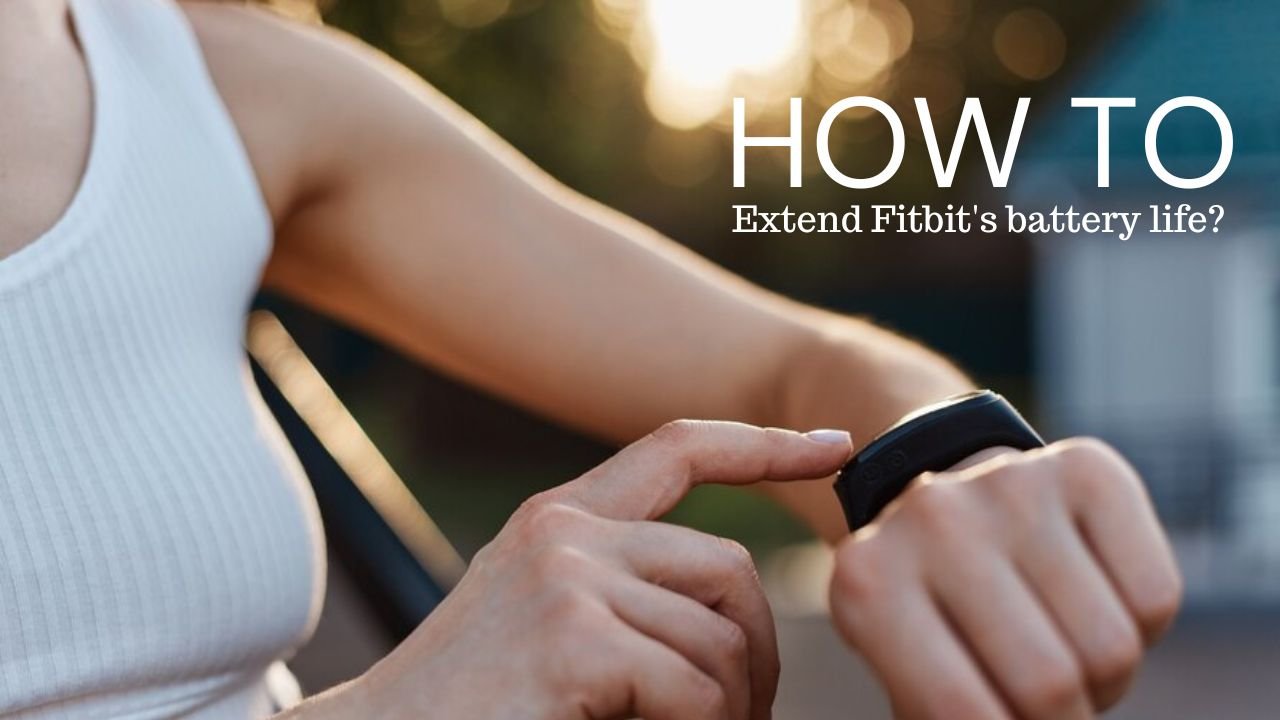Fitbit is synonymous with fitness tracking, a name that brings to mind sleek wristbands quietly tallying steps, monitoring heart rates, and studying sleep patterns.
As indispensable as they’ve become to many fitness enthusiasts’ daily routines, an inevitable question arises: “How long do Fitbits typically last?”
Understanding your fitness tracker’s durability is important for maintaining your daily health metrics and getting the most value out of your investment.
How Long Do Fitbits Last?
On average, you can expect a Fitbit device to last about 2-3 years.
Assuming it using Fitbit on a routine basis with standard care of your Fitbit. However, much like any piece of technology, its lifespan can be affected by a variety of factors.
Fitbit Models and Their Average Lifespan
The data on Fitbit lifespans is based on a variety of sources, including user reviews, online forums, and customer support data. However, it is important to note that this data is not always accurate or reliable. Some users may report shorter lifespans due to factors such as damage or misuse, while others may report longer lifespans due to careful use or good luck.
Overall, it is difficult to say for sure how long a Fitbit will last. However, the data suggests that most Fitbits will last for 1-3 years, with some models lasting longer or shorter.
| Fitbit Model | Average Lifespan |
| Fitbit Ace | 1-2 years |
| Fitbit Inspire HR | 1-2 years |
| Fitbit Charge 5 | 2-3 years |
| Fitbit Luxe | 2-3 years |
| Fitbit Versa 4 | 2-3 years |
| Fitbit Sense | 2-3 years |
| Fitbit Ionic | 2-3 years |
| Fitbit Versa Lite | 2-3 years |
| Fitbit Flex 2 | 1-2 years |
| Fitbit Alta HR | 1-2 years |
| Fitbit Blaze | 1-2 years |
| Fitbit Charge 2 | 1-2 years |
| Fitbit Surge | 1-2 years |
| Fitbit Charge HR | 1-2 years |
| Fitbit One | 1-2 years |
| Fitbit Zip | 1-2 years |
Factors That Affect the Lifespan of a Fitbit

Image credit: freepik.com
Usage
The frequency and intensity of use are perhaps the most significant factors that determine the longevity of your Fitbit.
See also: How Long Do Wireless Earbuds Last?
Constant active monitoring, especially during high-impact activities, imposes more wear and tear than occasional or moderate use.
Environmental Conditions
Extreme temperatures are the bane of most gadgets, and Fitbits are no exception.
Exposing your Fitbit to harsh temperature conditions, like the intense heat of a sauna or the cold of sub-zero climates, can lead to premature failure.
Care & Maintenance
A Fitbit well taken care of can outlast one that’s neglected. The manufacturer’s care instructions are a great starting point for ensuring your device continues working optimally for as long as possible.
See also: Average lifespan of popular smartphones
Tips for Extending the Life of Your Fitbit
Prolonging the life of your Fitbit is partly in your hands.
Here are some practical tips that help you extend your Fitbit lifespan:
Use it Sparingly
While it’s designed to be worn daily, giving your Fitbit a break once in a while can conserve its life.
Use it purposefully—when you need to track your fitness routines—rather than as a simple timepiece.
Keep it Clean
A regular wipe-down with a dry cloth prevents the build-up of substances that could damage your Fitbit.
See also: How Long Do SD Cards Last?
Be sure to clean it after workouts where it’s exposed to sweat, which can be corrosive over time.
Charge it Regularly
Battery health is crucial to your Fitbit’s longevity.
Don’t let the battery drain completely—regular charging can prevent long-term battery issues that could affect the device’s operational lifespan.
See also: How to charge Fitbit without a charger
Don’t Drop It
Fitbits are built to be durable but not indestructible. Protect your device from drops or impacts, which can damage internal components or crack the screen.
Conclusion
Considering the investment you make when purchasing a Fitbit, it’s only natural to want to maximize its lifespan. A Fitbit’s average lifespan of 2-3 years can be extended with mindful use, taking heed of environmental conditions, and adhering to proper care and maintenance.
Through conscientious practices detailed in this article, you can ensure your Fitbit stays a foundational part of your health and fitness routine for as long as possible.
In an era where staying informed and active is more important than ever, your Fitbit is more than just a gadget—it’s a companion in your journey towards better health. Treat it well, and it will undoubtedly reciprocate with years of faithful service.











